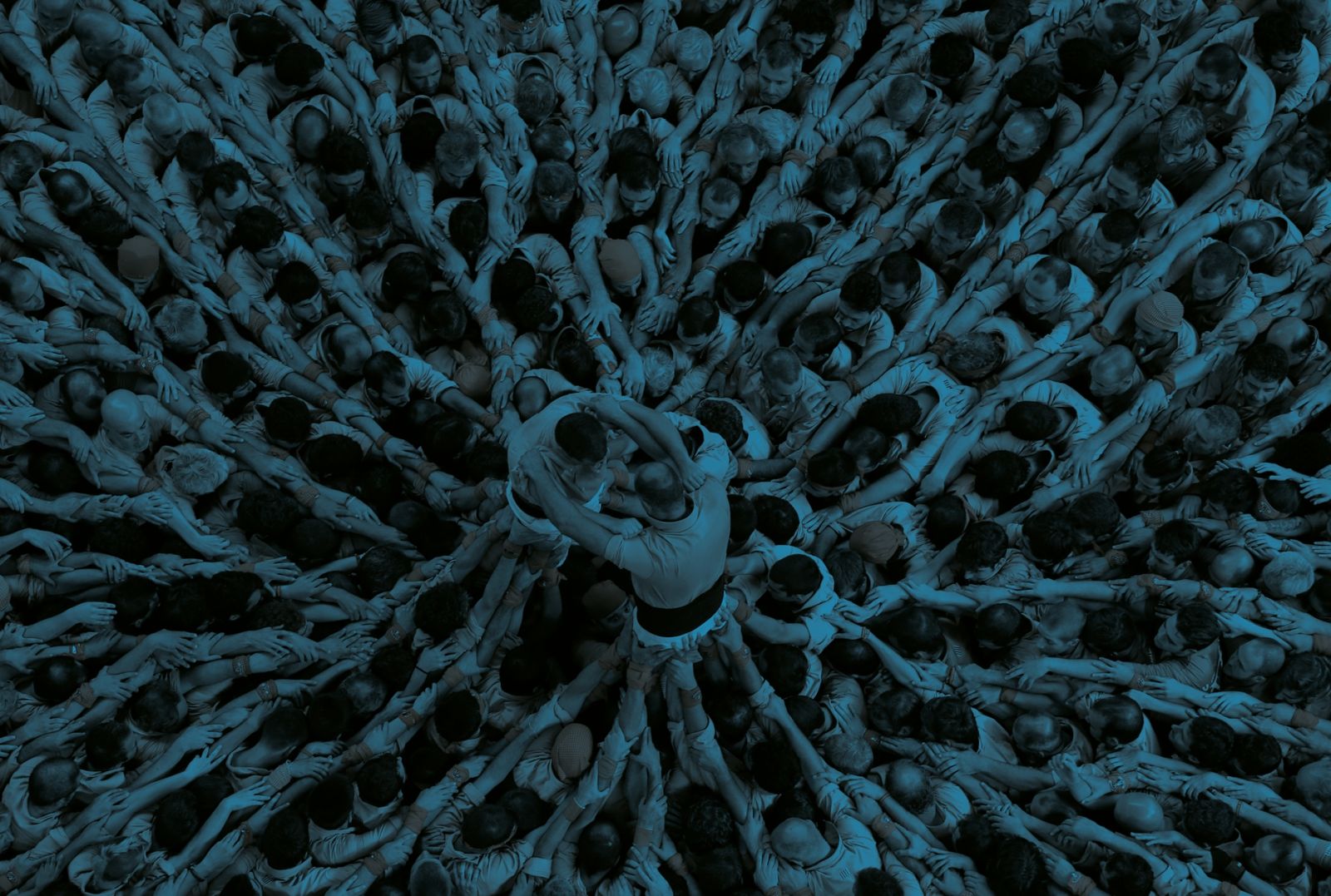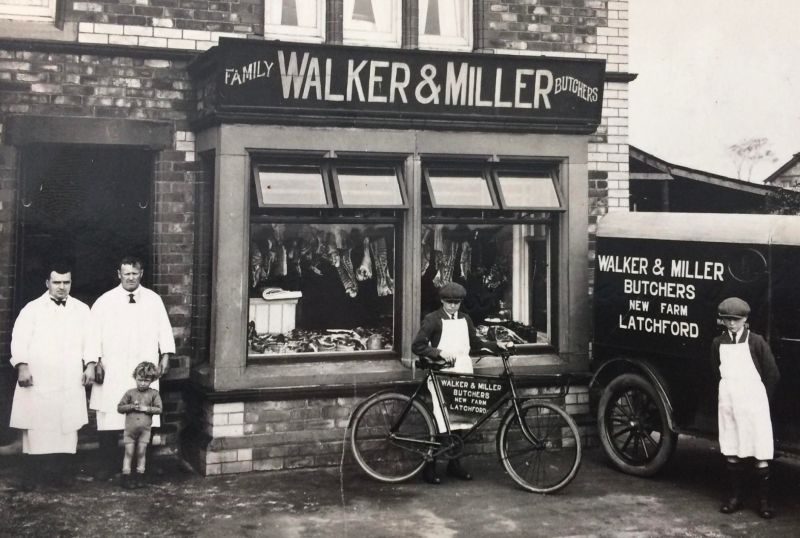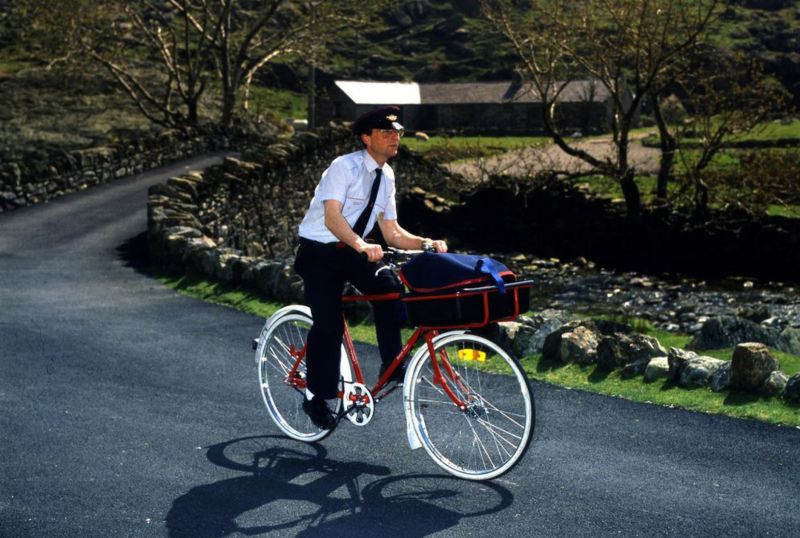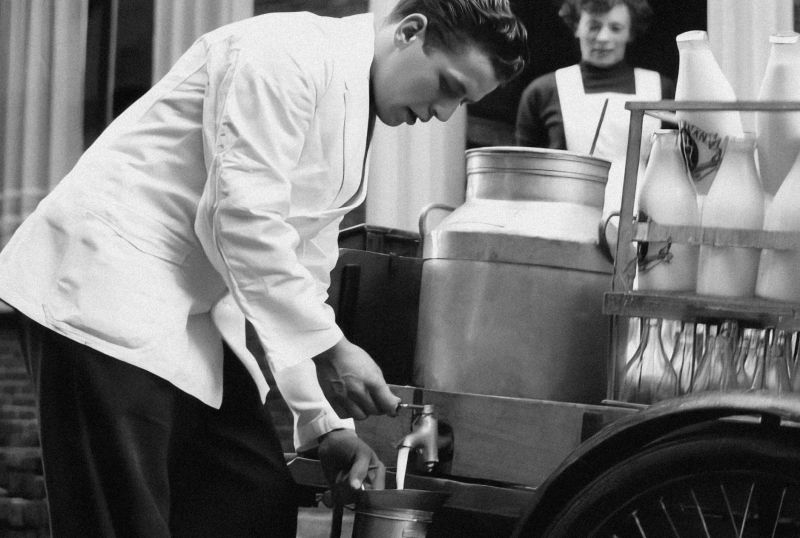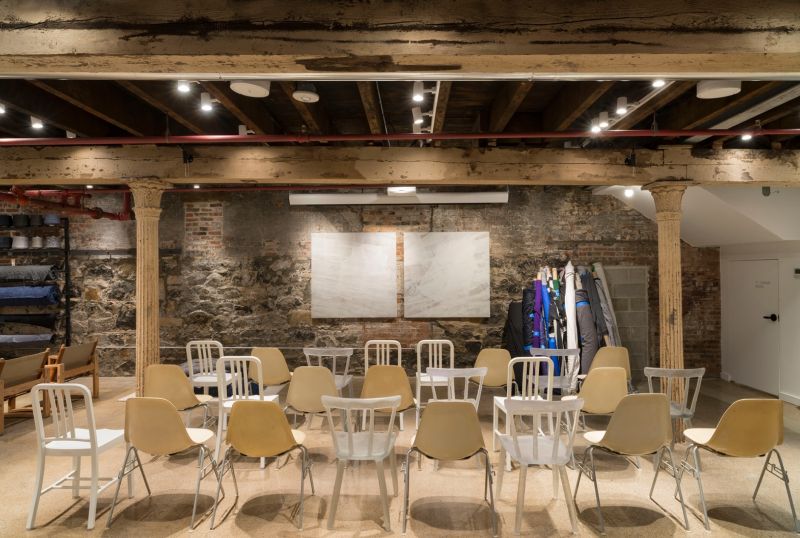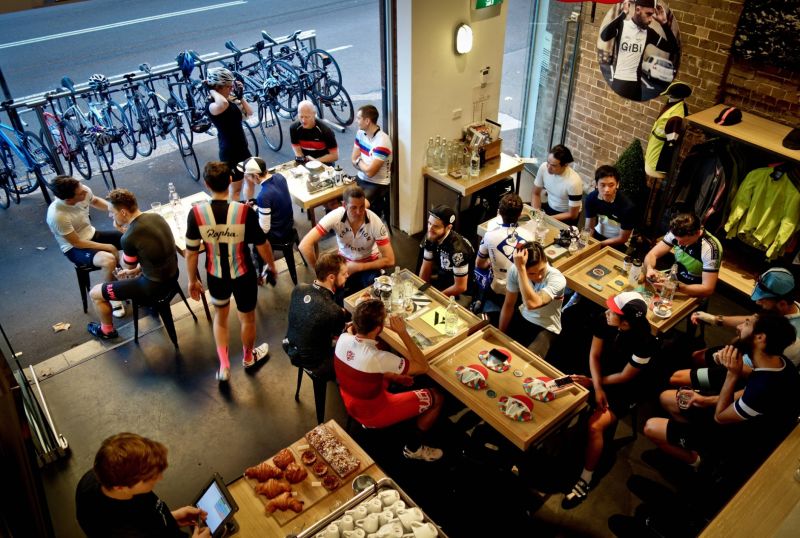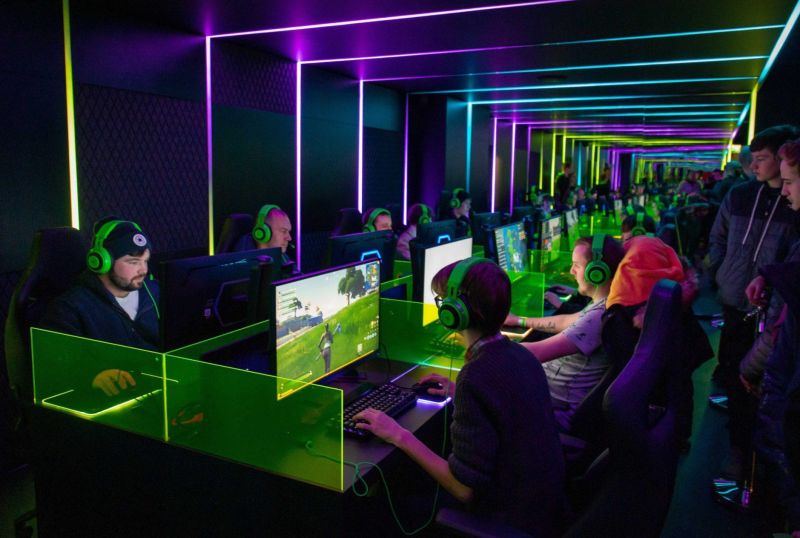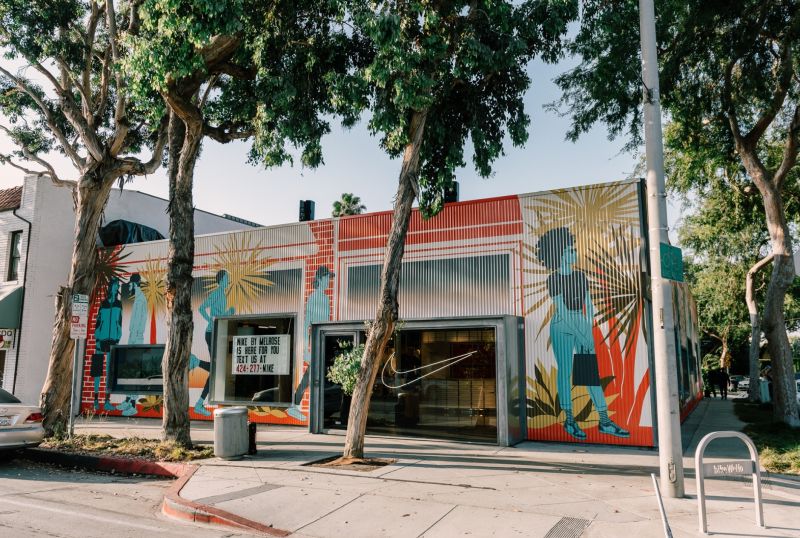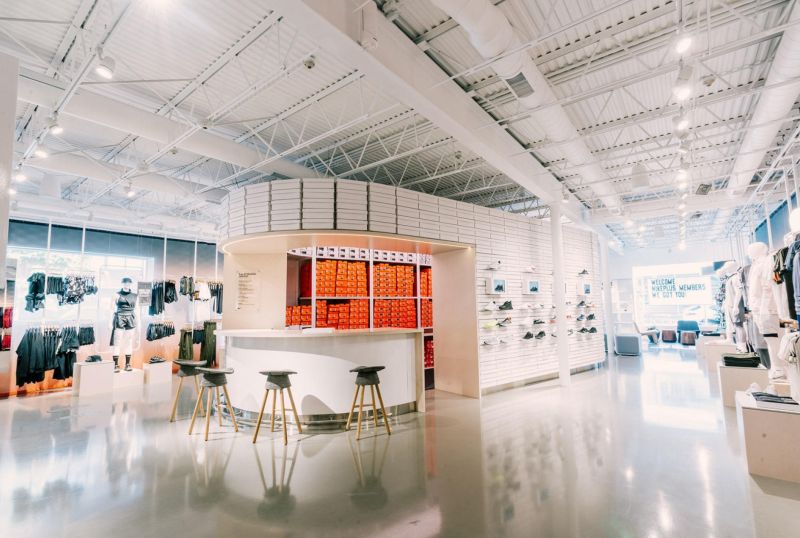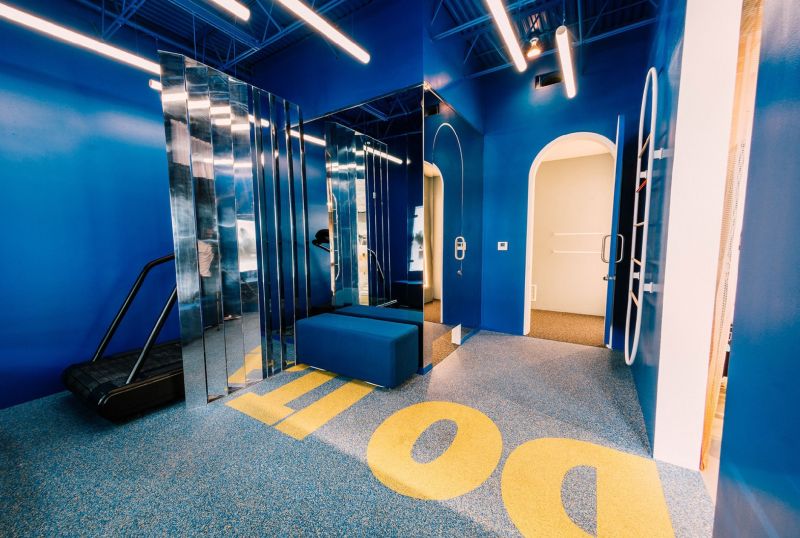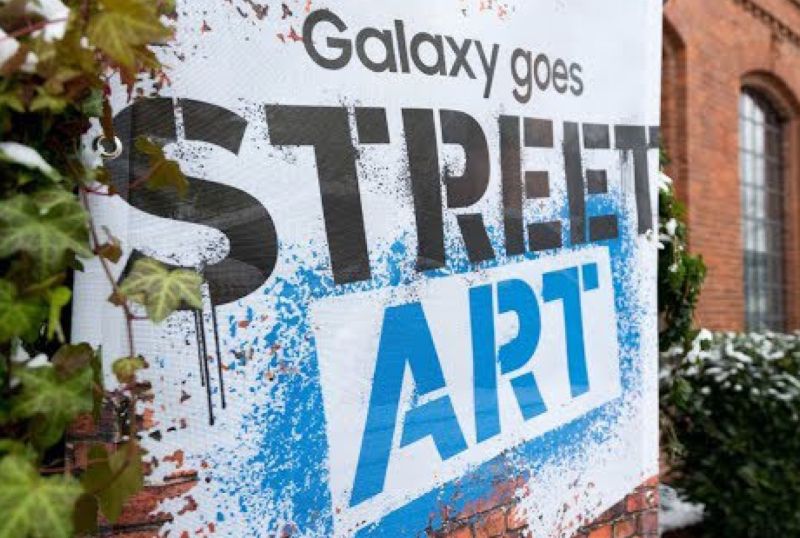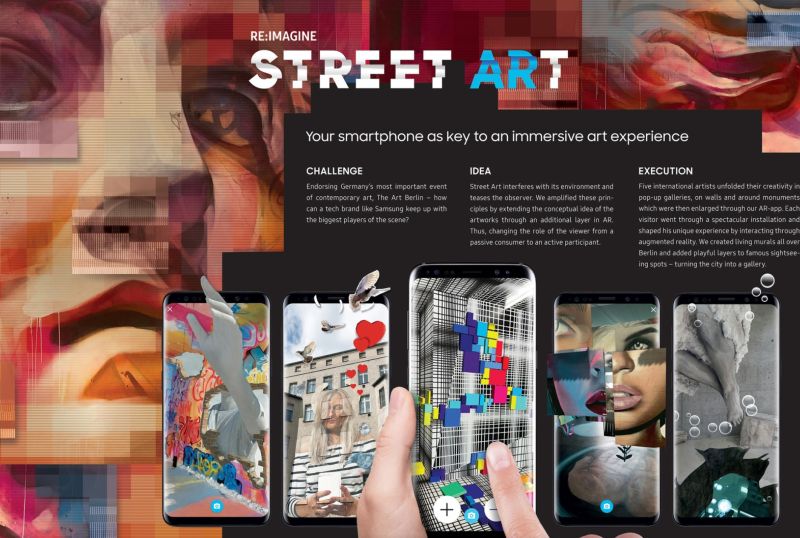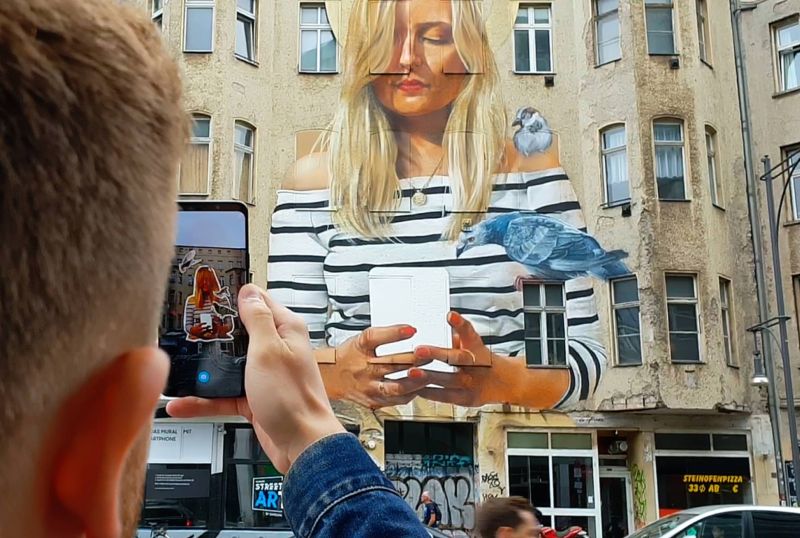How can local and global connections bring a greater sense of place?
The 2020 pandemic was the most profound shared experience for a generation, creating a moment that brought everyone closer together and leaving us with a far greater appreciation of local businesses. In this sense, ‘community’ reached far further than our local neighbourhoods and brought a national, or even global, connection.
Building relationships with retail staff
We used to have relationships with many retail staff members; the banker we knew by name, the butcher who knew the family and the milkman who delivered to our house. That was the norm. But for most of us, the custom of personal conversations with retail staff has been lost for many years. Rarely do customers ask how a staff member serving them is, and it’s even rarer for a staff member to introduce themselves by name. To its detriment, retail experience has lost the idea that the staff member is an individual and you can have a personal relationship with them.
Understanding that a retail store is a place of work for an individual, not just a touchpoint for a brand, is critical to changing our approach to retail staff. The store design has a role to play here. Take the back-of-house into the front to make the retail environment a place of work that can be mutually beneficial for both customers and staff. Physical spaces are props that mediate our relationship. The bank has lost that sense of place over the years. Today, there are few tellers or desks. In the future, the store design will need to provide insight into the tasks spaces can facilitate.
Retail environments become our community hubs
‘One size fits all’ store rollouts are a thing of the past. Look at the localised store format strategy that Starbucks and Aesop implement. Too many store formats use a ‘big-business’ local mentality that doesn’t actually relate to the location of the store. What are the functional aspects of the store, and how does that play into the local community? We should consider each store location as its own entity, even if it’s still under the umbrella of a global brand. The retail environment can also provide value to a community outside business opening hours. We should see telecommunication stores transform into art galleries or clothing stores be used as centres for community workshops. Retail designers should be thinking about flexibility and mixed-use capabilities while conceiving a new retail concept and planning a store layout. Retail businesses should be thinking about the benefits of their store being heavily used and integrated into the community.
Locally curated stores go personal
Our renewed sense of community might supercharge the necessity for brands to customise stores for local audiences. While previous trends have seen store curation go from global to local, the next step is to make stores personal and individual. The best local experiences are a step towards personalisation. We already see stores offering personal styling services, but the extreme would see stores personalising product curation in-store. Store stock could be tailored to meet an individual’s visit after making a reservation online. Imagine booking an appointment for a store visit, and when you arrive, products in the store are based on your online viewing and purchase history. Everything is in your size and style. You are being shown items based on their compatibility with what you currently own, or perhaps what you can afford.
Local placemaking
Store localisation is a way of building relationships and establishing trust with your customers. We need to get back to establishing a relationship with a single place. Currently, most business activities are centralised, but increasingly brand touchpoints need to be localised. Rather than speaking to someone at a national call centre, we should be calling our local store and talking to someone we know. The same goes for delivery. Convenience has many moving parts that are usually organised by an impersonal central head. There should be a continuity to our experience with a brand, which is built on people and relationships. Currently, brands are bigger than the people that work there. What if this was flipped? What if in the future, the brand was made up of the personalities that worked there? Apple has done this with great success. Today, we expect staff in branded environments to be trusted, autonomous and always ‘on-brand’.
The increased amount of time we spend at home has led our focus to one place. Many people now have stronger ties to their local community and enjoy experiencing its great attributes. Retail can embody community spirit in many ways, starting with the closer relationships between customers and staff. We should be designing stores with a true community focus, both in how we use the physical space and in how we curate stores for local audiences. Retail needs to understand its role in forging local relationships and for being a hub for different types of community activities.
